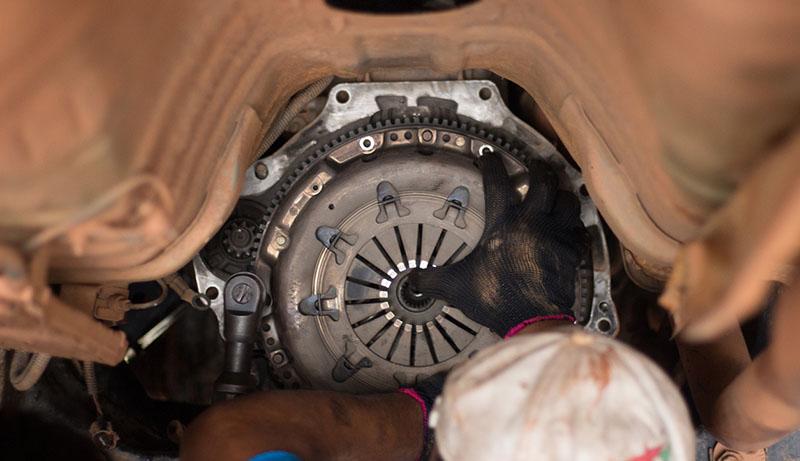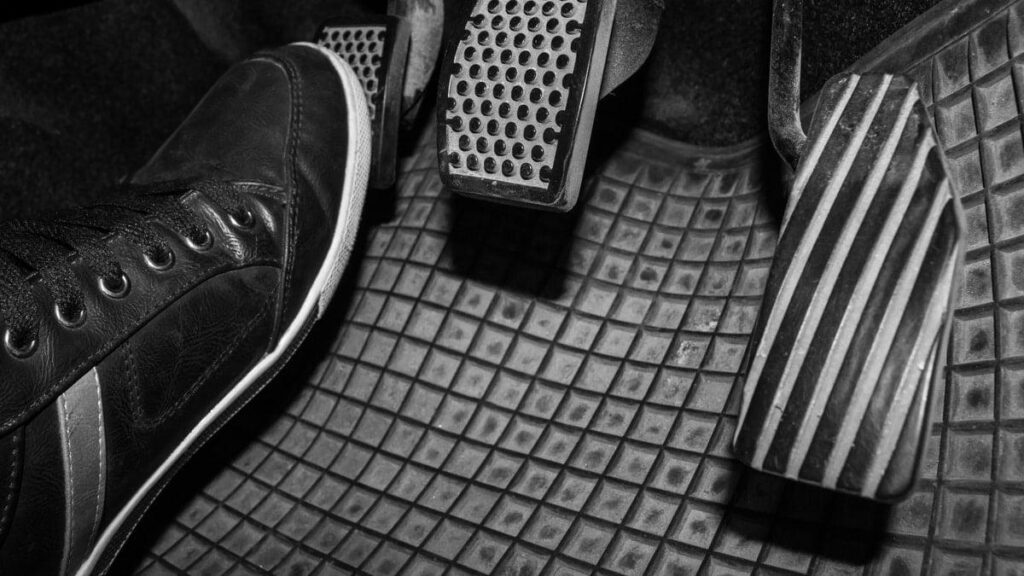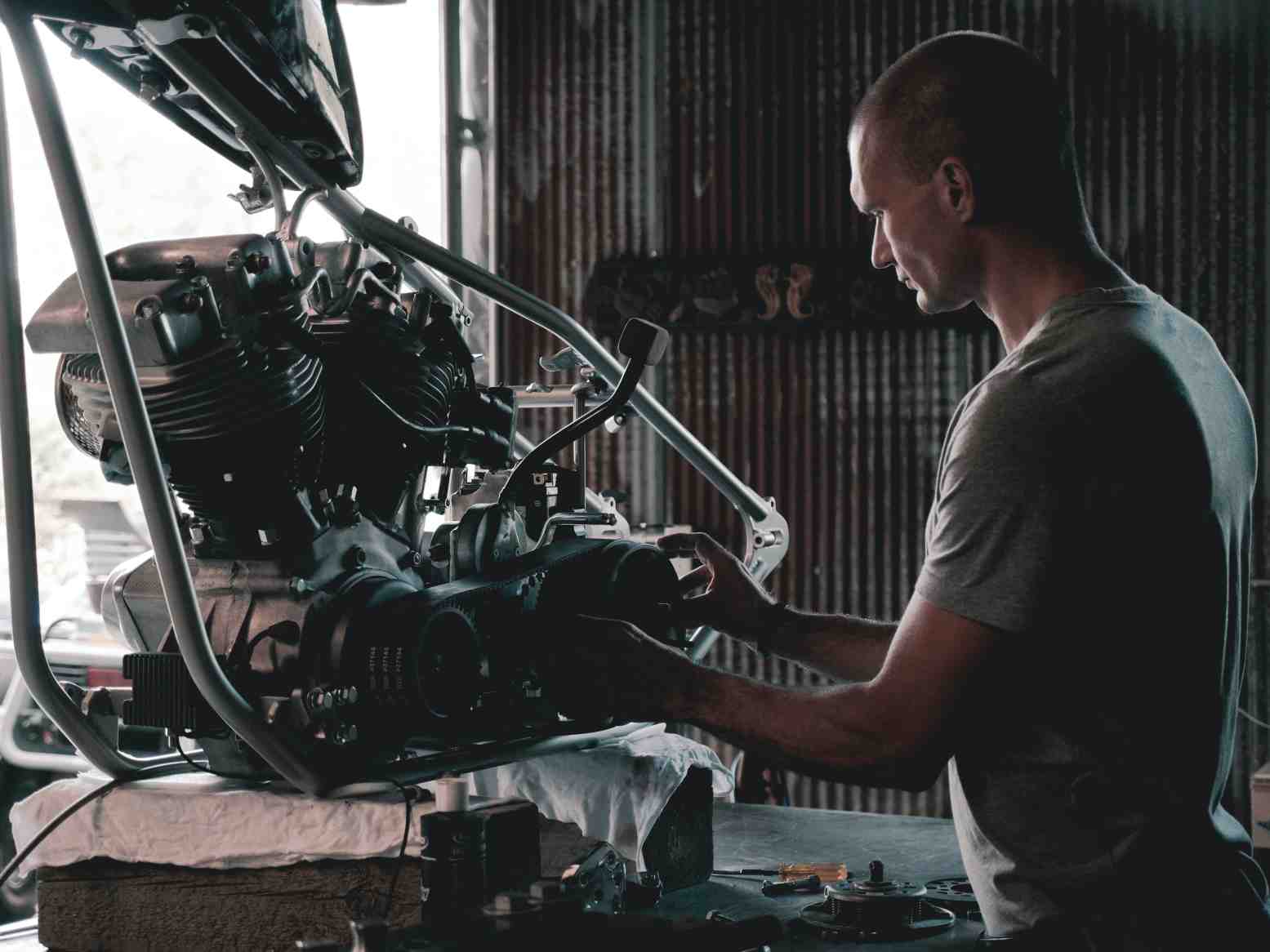Picture yourself behind the wheel, cruising down the open road. You Auto shift gears effortlessly, smoothly transitioning from one speed to another. Ever wondered what enables this seamless gear shifting? Enter the unsung hero of your car’s transmission system – the clutch plate. In this article, we’ll dive into the world of car clutch plates, exploring their function, common issues, maintenance tips, and more. So, fasten your seatbelt and let’s get started!
Introduction to Car Clutch Plates
Imagine driving a car without a clutch plate. It would be like trying to ride a bicycle without pedals. The clutch plate is an essential component of the car’s transmission system, allowing for smooth gear engagement and power transfer between the engine and the wheels. When you press the clutch pedal, the clutch plate disengages the engine from the transmission, temporarily interrupting the power flow and enabling you to shift gears without causing damage to the gearbox.
Understanding the Clutch Plate’s Function
To comprehend the importance of a clutch plate, let’s think of it as a mediator between the engine and the wheels. When you engage the clutch pedal, the pressure plate releases its grip on the clutch disc (which is connected to the engine’s flywheel), creating a gap. This gap disengages the engine’s power from the transmission, allowing you to shift gears smoothly. Once you release the clutch pedal, the pressure plate pushes the clutch disc back into contact with the flywheel, reestablishing the power transfer.

Components of a Car Clutch Plate
A typical car clutch plate assembly consists of several vital components working together in harmony. The primary components include the clutch disc, pressure plate, release bearing, and flywheel. The clutch disc is sandwiched between the pressure plate and the flywheel, and it contains a friction material that grips both surfaces to transmit power effectively. The release bearing assists in disengaging the clutch when the pedal is pressed, allowing smooth gear changes.
Common Signs of a Failing Clutch Plate
As with any car component, clutch plates can experience wear and tear over time. Here are some common signs indicating a failing clutch plate:
Slipping Clutch: You may notice a loss of power or RPM increase without a corresponding increase in speed.
Difficulty in Shifting Gears: It becomes challenging to engage or disengage gears smoothly.
Burning Smell: A strong, burning odor may indicate excessive friction and overheating of the clutch plate.
Unusual Noises: Grinding, squeaking, or rattling sounds when engaging the clutch can be a sign of a problem.
Vibration or Chattering: Excessive vibrations or chattering when releasing the clutch pedal can point to clutch plate issues.
Causes of Clutch Plate Problems
Understanding the factors that contribute to clutch plate problems can help prevent premature wear and extend its lifespan. Some common causes include:
Driving Habits: Aggressive driving, such as riding the clutch or excessive slipping, can accelerate clutch plate wear.
Contamination: Oil or fluid leaks can contaminate the clutch plate, reducing its friction and causing slippage.
Overheating: Constant stop-and-go traffic or towing heavy loads can overheat the clutch plate, leading to premature failure.
Wear and Tear: Over time, the friction material on the clutch disc naturally wears down, necessitating replacement.
Importance of Regular Clutch Plate Maintenance
Proper maintenance can significantly prolong the life of your car’s clutch plate. Here are some essential tips to keep it in excellent condition:
Smooth Driving: Avoid aggressive driving habits, such as riding the clutch or excessively slipping it.
Clutch Pedal Adjustment: Ensure the clutch pedal has the correct amount of free play, preventing unnecessary wear.
Avoid Resting Foot on the Clutch Pedal: Resting your foot on the clutch pedal causes the clutch to engage slightly, leading to wear.
Regular Inspections: Periodically have a professional inspect your clutch system for any signs of wear or leaks.
Fluid Checks: Maintain proper fluid levels in your car’s transmission system, as low fluid can lead to clutch plate issues.
Steps to Replace a Faulty Clutch Plate
If your clutch plate is beyond repair, it may be necessary to replace it. While this task can be complex, some experienced DIYers can attempt it. Here’s a general overview of the process:
Prepare the Vehicle: Ensure the car is on a level surface and securely supported.
Disconnect Battery: Remove the negative terminal to avoid any electrical mishaps.
Remove Transmission: Disconnect various components and remove the transmission to access the clutch assembly.
Replace Clutch Components: Remove the old clutch plate, pressure plate, and release bearing, replacing them with new ones.
Reassemble and Test: Reinstall the transmission, reconnect all components, and test the clutch for proper functionality.
Note: It’s important to consider seeking professional help if you’re unsure about performing clutch plate replacement yourself.
Upgrading to Performance Clutch Plates
For enthusiasts seeking enhanced performance, aftermarket performance clutch plates are available. These clutch plates are designed to handle higher torque and deliver improved engagement and durability. However, it’s crucial to select the right clutch plate based on your vehicle’s specifications and intended use. Consult with experts or experienced professionals to ensure compatibility and optimal performance.

Tips for Driving with a Manual Transmission
Driving with a manual transmission requires finesse and proper technique to prevent unnecessary strain on the clutch plate. Here are some tips to keep in mind:
Smooth Clutch Engagement: Gradually release the clutch pedal while applying gentle throttle for smooth gear changes.
Rev-Matching: When downshifting, blip the throttle to match the engine speed to the lower gear for seamless shifts.
Avoid “Riding” the Clutch: Keep your foot off the clutch pedal when not actively engaging gears.
Practice Hill Starts: Mastering hill starts reduces clutch wear, as it involves smoothly balancing clutch engagement and throttle input.
Conclusion
The car clutch plate plays a crucial role in the smooth operation of a manual transmission. Understanding its function, recognizing signs of trouble, and practicing proper maintenance can help ensure its longevity and optimal performance. Remember to drive smoothly, avoid aggressive habits, and have regular inspections to catch any clutch plate issues early. By taking care of this essential component, you can enjoy a seamless gear-shifting experience mile after mile.
Frequently Asked Questions (FAQs)
FAQ 1: How long does a clutch plate typically last?
A clutch plate’s lifespan varies depending on factors like driving conditions, driving habits, and vehicle make and model. On average, a well-maintained clutch plate can last between 50,000 to 100,000 miles.
FAQ 2: Can a worn-out clutch plate cause damage to other transmission components?
Yes, a worn-out clutch plate can potentially cause damage to the pressure plate, flywheel, and other transmission components. Timely replacement is crucial to prevent further damage.
FAQ 3: Is it possible to prevent clutch plate wear and tear?
While wear and tear are inevitable, adopting good driving habits, proper clutch adjustment, regular maintenance, and avoiding excessive slipping can significantly prolong the clutch plate’s life.
FAQ 4: Are there any signs that indicate an impending clutch plate failure?
Yes, some signs of impending clutch plate failure include slipping clutch, difficulty in shifting gears, burning smell, unusual noises, and vibrations or chattering when releasing the clutch pedal.
FAQ 5: Can a clutch plate be resurfaced instead of replaced?
Unlike brake rotors, clutch plates are generally not resurfaced. When a clutch plate wears out, it is recommended to replace it entirely, along with other components of the clutch assembly, for optimal performance and longevity.


